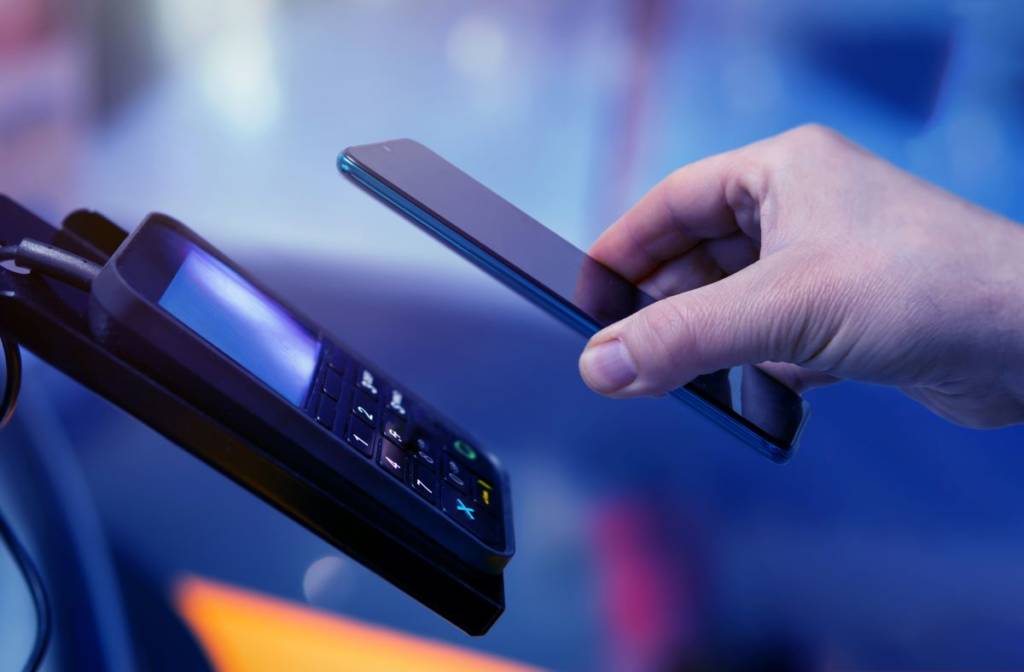The Indonesian market is one to watch in the payments space. While paper-based transactions still reign supreme in the country, digital and real-time payments are now top-of-mind issues for regulators and businesses. Leading the charge is the nation’s foremost national switch, PT ALTO Network, which was recognized as an ACI Innovation Award winner.
I sat down with Mr. Patricco Baron, CTO of ALTO, to learn more about the exciting movements that we’re seeing in Indonesia, a market experiencing strong growth in digital payments with a high potential for real-time payments adoption.
Leslie Choo: To start things off, what is the state of payments in Indonesia today?
Patricco Baron: No matter the industry, the Indonesian market isn’t one that can be ignored. According to the World Bank, the country is the fourth most populous in the world, boasting the tenth largest economy in terms of purchasing power parity. Furthermore, Indonesia’s strategic location in the economic powerhouse region of ASEAN means that there are significant cross-border business opportunities that can be tapped into, on top of its already robust domestic market.
This is important context for us to understand the rapid changes that are happening in the payments landscape within the country. Unfortunately, many consumers in Indonesia still prefer paper-based payments, and payment card ownership is still very low when compared to the global average. However, mobile wallet adoption has skyrocketed in the country, with more than three-quarters of adults in the nation having used a mobile wallet in the past year. Also during this time, more than six million new merchants can now accept QR payments under the QRIS scheme. The Central Bank of Indonesia has put a target of 12 million merchants accepting QRIS by the end of 2021. This clearly reflects a hunger for digital and real-time payments among both consumers and businesses.
Speaking of digital payments, the Indonesian government’s “2025 Payment System Vision” sees it rolling out a real-time payments system in the near future known as BI-FAST, which will act as the backbone for Indonesia’s payments infrastructure. With the implementation of this system, cross-border transactions can be better facilitated and efficiently executed.
Leslie Choo: Tell me more about where ALTO fits into this dynamic environment? What is your organization’s mission?
Patricco Baron: ALTO is a leading and innovative national payments switch in Indonesia. Djarum Group, which owns Bank Central Asia (BCA), one of the country’s largest commercial banks, invested in ALTO in late 2018. This synergy has aptly positioned us to reach our goals of having the fastest time to market and capturing the rapid growth of transaction volumes in the dynamic Indonesian market. Our vision is to become the most connected payments switch and the most innovative payments solution. Through continuous innovation and high SLAs, we will be a leader within Indonesia’s payments landscape.
Leslie Choo: Can you give me any insights into the award-winning work that your business has done with ACI Worldwide?
Patricco Baron: As part of our payments transformation journey, ALTO selected ACI as a strategic payments technology partner to modernize our payments platform, address new regulatory requirements and capture growth in alternative payments.
ALTO’s payments transformation journey began with the implementation of ACI’s Enterprise Payments Platform, which established a strong foundation and platform for ALTO. Since the initial launch, ALTO has successfully connected to over 65 member banks and other financial institutions, enabling the operational availability of interbank network operations, switching, and other innovative alternate payment channels and services.
In early 2019, ALTO extended its partnership with ACI, in alignment with ACI’s strategic direction to utilize its solution to promote the use of payment devices and self-service terminals (SST). ALTO made use of ACI’s multi-tenant capabilities to provide outsourced terminal driving services to ALTO’s associate companies in order to meet the increasing demands of Indonesia’s rapid digital payments growth. In parallel, we also leveraged ACI technology to drive ALTO’s swift expansion into the development of non-card-based and card-not-present transaction features, with the successful rollout of iDebit. This, in turn, allowed customers from ALTO’s 60+ member banks to simultaneously access these exciting new digital services.
Also, ALTO’s collaboration with ACI helps us to respond to future developments of the national payments gateway within the Indonesian market, and most importantly the country’s BI-FAST real-time payments ecosystem. Through our strategic partnership with ACI, we’re well positioned to be the “aggregator or sub-hub” to help onboard our member banks as the indirect participants to the BI-FAST system, with faster adoption and cost effectiveness. Our vision goes beyond domestic real-time payments though, and we look forward to collaborating with Bank of Indonesia, ACI and other national switches to extend our presence into cross-border real-time payments, which is expected to bring Indonesia and the ASEAN region one step closer to realizing a pan-Asian payments network.
Leslie Choo: Very exciting! What other opportunities on the horizon is ALTO looking to pursue?
Patricco Baron: We’re planning to continue our partnership with ACI to roll out a series of next-generation payment channels and services in the near future, including a new QRIS digital service, which will allow for multiple QR code payment solutions to be integrated into one single QR code. We are looking at bi-directional expansion through multiple countries, including Malaysia, Thailand, Singapore, South Korea, Japan and China. Our collaboration with China’s national payments company, Union Pay International (UPI), would enable QR code payment and UPI card issuing to be accepted in Indonesia. Additionally, Alipay’s integration into ALTO will enable Alibaba’s customers to use ALTO payment methods (via Alipay) in Alibaba’s marketplace, including Lazada, TMall and more. We focus on ensuring real-time payments readiness to anticipate Indonesia’s adoption of faster payments, national addressing services and overlay services.
What determines a successful payment is also its surrounding tools and operational efficiency. This includes the value-added services offered by an effective fraud detection system. Through big data, we have been able to create a proprietary machine learning algorithm to predict and prevent fraud transactions. Delivering a seamless payments experience has always been at the cost of fraud and the challenge has always been to find the balance between seamless payment and tedious authentication. At ALTO, we believe this balance can still be achieved without increasing the risk of fraud through machine learning innovation.
Download the 2021 Prime Time for Real-Time report



